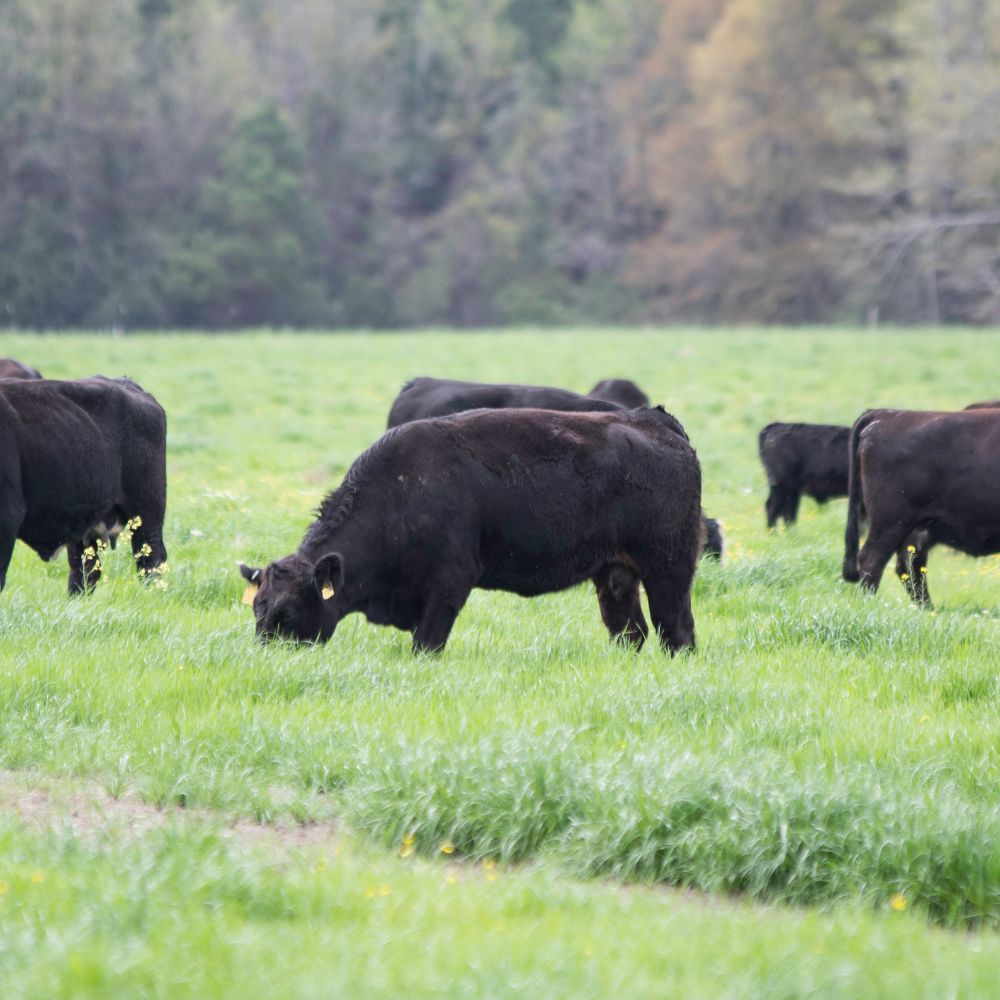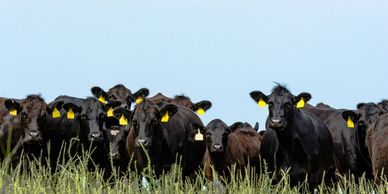Recognizing Animals Threat Defense (LRP) Insurance: A Comprehensive Overview
Browsing the world of livestock risk security (LRP) insurance policy can be a complex endeavor for numerous in the agricultural market. From exactly how LRP insurance works to the different protection alternatives offered, there is much to reveal in this comprehensive guide that can possibly form the means animals manufacturers approach threat management in their services.

How LRP Insurance Functions
Periodically, recognizing the auto mechanics of Animals Risk Protection (LRP) insurance policy can be complex, however breaking down exactly how it functions can give quality for ranchers and farmers. LRP insurance coverage is a danger management tool made to shield animals manufacturers versus unanticipated price declines. It's essential to note that LRP insurance is not an earnings warranty; rather, it focuses entirely on cost risk security.
Eligibility and Coverage Options

When it comes to insurance coverage alternatives, LRP insurance policy provides manufacturers the versatility to pick the protection degree, protection duration, and recommendations that ideal fit their danger monitoring needs. Protection degrees generally range from 70% to 100% of the anticipated finishing worth of the insured animals. Producers can likewise pick insurance coverage periods that line up with their production cycle, whether they are insuring feeder cattle, fed livestock, swine, or lamb. Recommendations such as rate threat protection can additionally tailor insurance coverage to protect against adverse market fluctuations. By understanding the qualification requirements and protection choices offered, livestock producers can make informed decisions to handle danger successfully.
Advantages And Disadvantages of LRP Insurance Policy
When reviewing Animals Threat Security (LRP) insurance, it is vital for livestock producers to consider the downsides and advantages inherent in this risk administration tool.

One of the primary benefits of LRP insurance policy is its capability to provide security versus a decrease in livestock costs. This can aid protect manufacturers from economic losses resulting from market changes. Additionally, LRP insurance policy offers a level of adaptability, permitting producers to personalize insurance coverage degrees and policy durations to fit their certain needs. By locking in an ensured cost for their livestock, producers can better manage risk and prepare for the future.
Nonetheless, there are also some drawbacks to take into consideration. One limitation of LRP insurance is that it does not secure versus all kinds of threats, such as condition outbreaks or all-natural calamities. Additionally, premiums can in some cases be costly, especially for producers with big livestock herds. It go to this site is important for producers to thoroughly examine their private danger direct exposure and monetary situation to determine if LRP insurance policy is the appropriate danger management tool for their operation.
Understanding LRP Insurance Policy Premiums

Tips for Making The Most Of LRP Perks
Making the most of the advantages of Livestock Danger Protection (LRP) insurance coverage calls for tactical planning and aggressive threat management - Bagley Risk Management. To maximize your LRP insurance coverage, consider the following pointers:
Regularly Evaluate Market Conditions: Keep informed about market patterns and rate fluctuations in the livestock sector. By monitoring these variables, you can make educated choices about when to acquire LRP insurance coverage to secure versus prospective losses.
Set Realistic Coverage Degrees: When selecting protection levels, consider your manufacturing costs, market price of livestock, and prospective dangers - Bagley Risk Management. Setting reasonable coverage levels makes certain that you are adequately safeguarded without overpaying for unneeded insurance policy
Expand Your Insurance Coverage: Rather of counting entirely on LRP insurance coverage, think about expanding your danger monitoring strategies. Combining LRP with various other danger monitoring tools such as futures agreements or options can give thorough coverage versus market unpredictabilities.
Testimonial and Readjust click to investigate Insurance Coverage Consistently: As market conditions change, periodically evaluate your LRP insurance coverage to guarantee it aligns with your present danger exposure. Readjusting protection levels and timing of purchases can aid optimize your danger protection strategy. By adhering to these suggestions, you can optimize the advantages of LRP insurance coverage and secure your animals operation against unpredicted dangers.
Conclusion
To conclude, livestock danger defense (LRP) insurance coverage is an important tool for farmers to take care of the financial risks connected with their animals procedures. By recognizing just how LRP works, qualification and protection choices, in addition to the benefits and drawbacks of this insurance policy, farmers can make educated choices to shield their incomes. By very carefully considering LRP premiums and carrying out approaches to make best use of benefits, farmers can reduce possible losses and guarantee the sustainability of their procedures.
Livestock producers interested in getting Livestock Danger Protection (LRP) insurance can check out a range of eligibility criteria and protection choices customized to their details livestock procedures.When it comes to coverage choices, LRP insurance policy provides producers the adaptability to choose the insurance coverage degree, coverage duration, and recommendations that ideal match their threat management demands.To grasp the like it complexities of Animals Risk Defense (LRP) insurance completely, understanding the factors influencing LRP insurance premiums is crucial. LRP insurance coverage premiums are figured out by different components, consisting of the protection level selected, the expected rate of livestock at the end of the coverage duration, the type of livestock being insured, and the length of the protection duration.Evaluation and Change Coverage On a regular basis: As market problems alter, periodically assess your LRP coverage to ensure it lines up with your existing risk exposure.